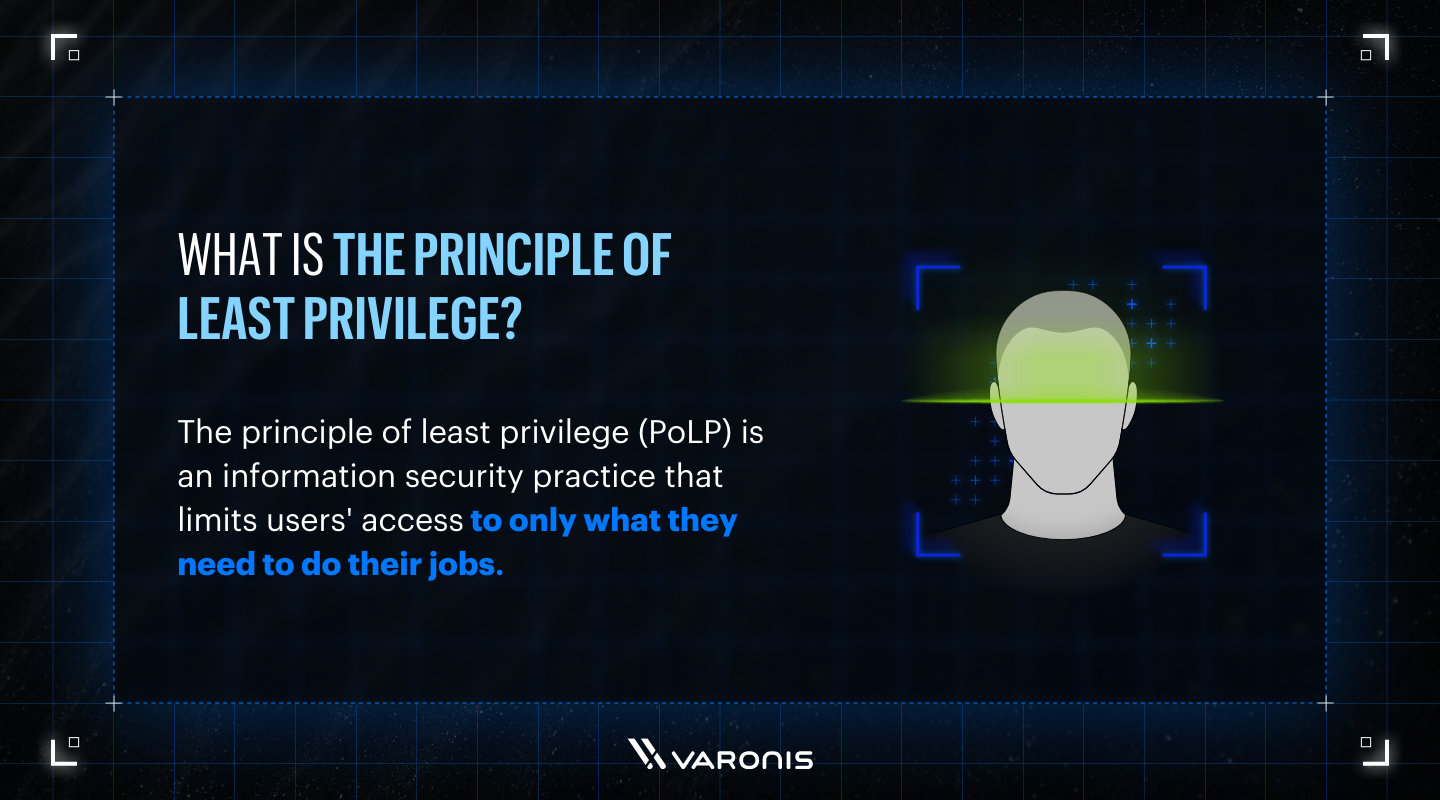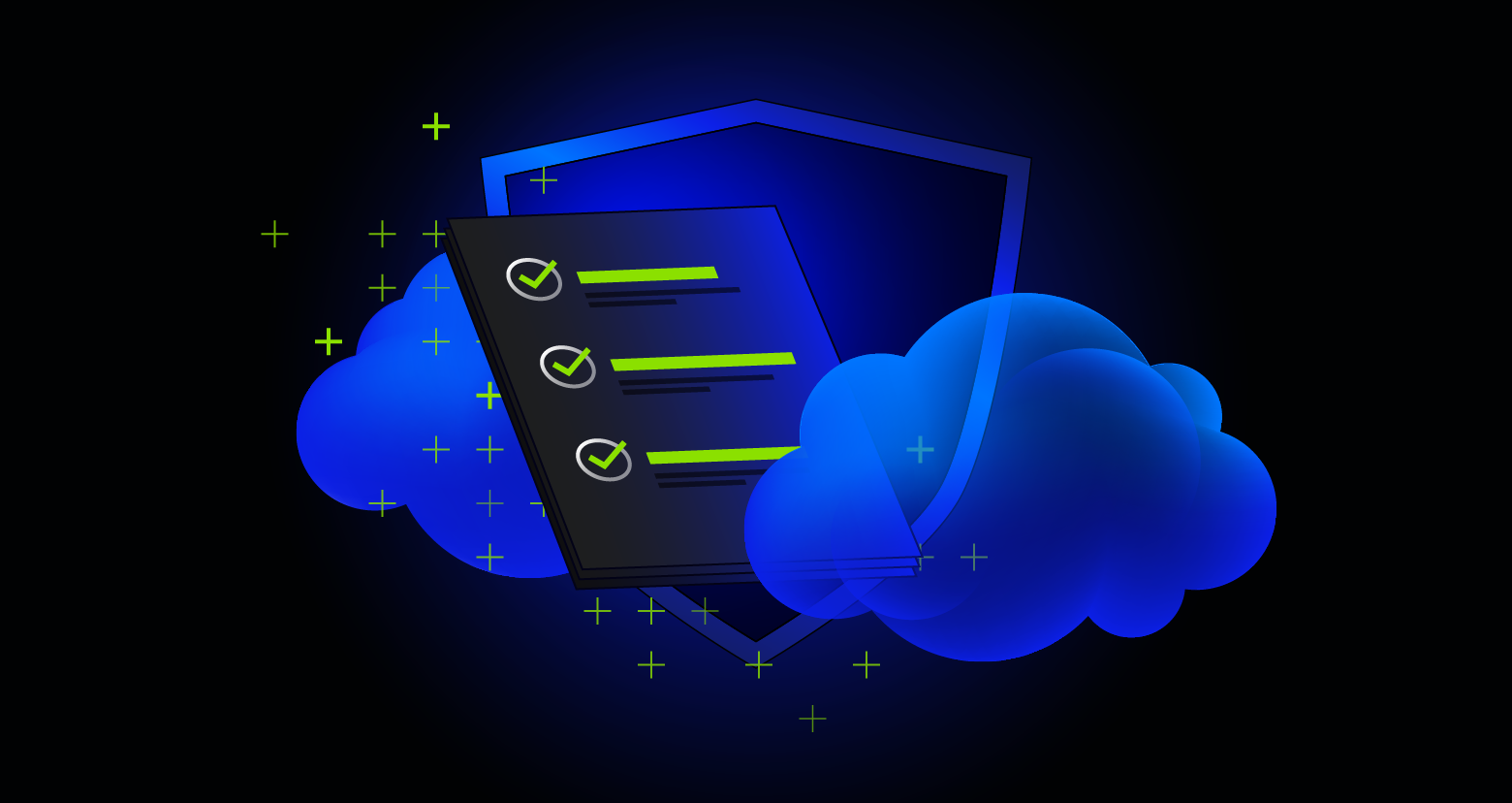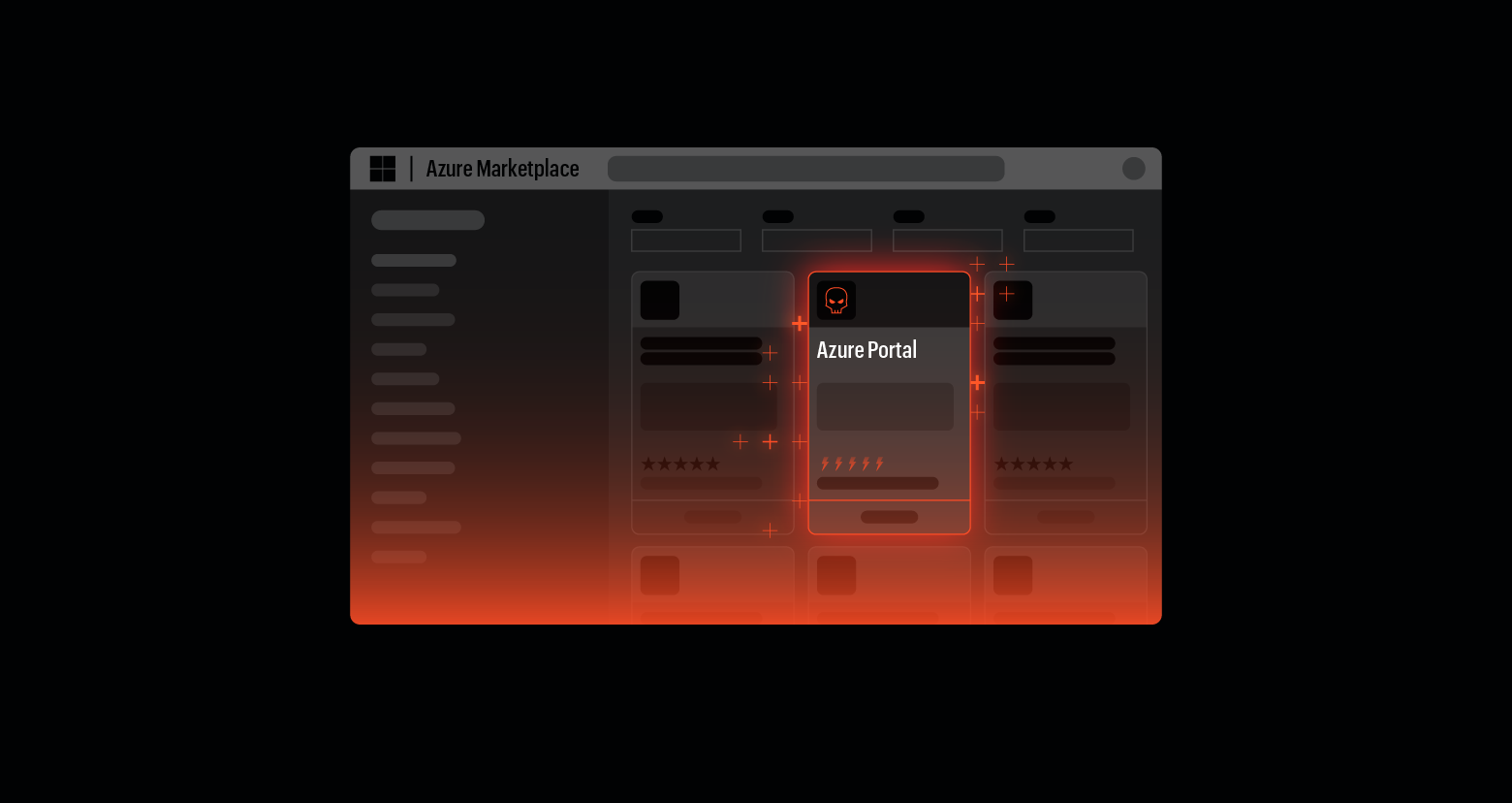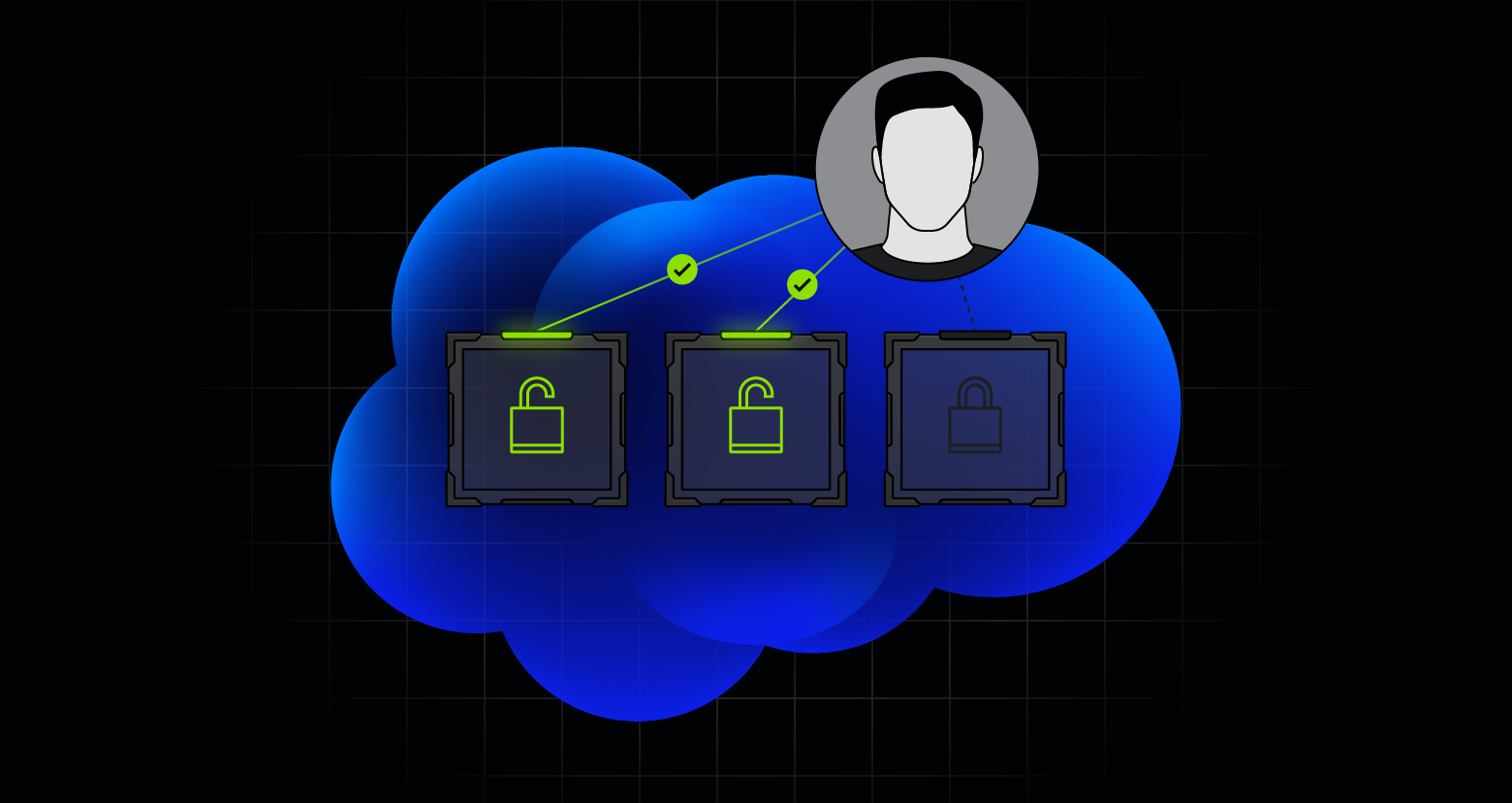As organizations continue migrating workloads and data to platforms like AWS, Azure, and Google Cloud, they also inherit new risks — misconfigurations, over-permissioned users, compliance gaps, and invisible data sprawl.
To stay ahead of these challenges, businesses must adopt a comprehensive approach to cloud data security that balances protection, visibility, and operational efficiency.
Understanding your cloud data security posture
Before implementing any security controls, it’s essential to understand your current cloud data environment. This foundational step involves identifying what sensitive data you have, where it resides, who has access to it, and how it’s being used.
A thorough data security posture assessment should span all cloud platforms in use at your organization, classify data according to regulatory requirements, map access permission, and analyze data movement patterns.
For example, a healthcare organization might uncover patient records scattered across multiple cloud storage locations with inconsistent access controls — an obvious compliance risk.
Regular assessments also help organizations stay ahead of emerging threats and ensure that their cloud security strategy evolves alongside their infrastructure.
Having established a clear understanding of your current cloud data security landscape, the next step is to translate this awareness into action. Implementing robust security practices is crucial for safeguarding sensitive assets, maintaining compliance, and enabling operational agility in the cloud. Below are some of the most effective strategies and qualities to consider as you strengthen your organization’s cloud data security posture.
Data discovery and classification
While understanding your data landscape is foundational, achieving this across sprawling, dynamic cloud environments requires more than manual effort.
A data discovery and classification (DDC) solution makes this process scalable, automatically scanning vast cloud repositories to identify and classify sensitive information in real time. This automation enables organizations to maintain continuous visibility into their data footprint, even as cloud assets grow and shift, ensuring security measures keep pace with business needs.
Maintaining an up-to-date inventory of sensitive data is especially important in dynamic cloud environments where data can shift rapidly. This classification also enables organizations to prioritize security controls, ensuring that the most sensitive data receives the highest level of protection.
Implementing least privilege access
Excessive permissions are one of the most common vulnerabilities in cloud environments.
The principle of least privilege — granting users and applications only the access they need to perform their tasks — helps reduce this risk. Implementing this principle involves regularly reviewing and revoking unnecessary permissions, enabling just-in-time access for administrative roles, and using role-based access control (RBAC) to align permissions with job functions.
For instance, a marketing team member might need access to customer demographics, but not financial records. Monitoring for permission changes and unusual access patterns helps prevent both accidental and malicious data exposure.
Least privilege is not a one-time fix — it requires continuous oversight and adjustment as roles and responsibilities evolve.

Real-time monitoring and threat detection
Cloud environments demand continuous monitoring to detect and respond to threats in real time.
User behavior analytics can flag anomalies, such as an employee accessing large volumes of sensitive data at odd hours which can potentially indicate a compromised account. Integrating cloud monitoring with existing security tools and SIEM platforms provides a unified view of your security landscape.
Automated responses, like suspending suspicious accounts or blocking unauthorized data transfers, can help contain threats before they escalate. 24/7 monitoring, whether through internal teams or managed services, is essential for effective cloud threat detection.
Data Loss Prevention (DLP) in the cloud
As data flows between cloud services, implementing data loss prevention (DLP) controls becomes critical. These controls ensure that sensitive information doesn’t leave authorized environments.
Content-aware policies can detect and block the movement of sensitive data, such as patient records or financial information, outside approved applications.
Monitoring data sharing through collaboration tools like Microsoft 365 or Google Workspace is also vital. Encryption — both at rest and in transit — adds another layer of protection, ensuring that even if data is intercepted, it remains unreadable.
Automated remediation for policy violations, such as blocking the sharing of documents containing Social Security numbers, helps enforce DLP policies consistently.
Automating security operations
Manual processes can’t keep pace with the scale and complexity of modern cloud environments. Automation is key to maintaining a strong security posture.
This includes automatically remediating common issues like public cloud storage exposure or unused access permissions. Security policies should be applied consistently across all cloud platforms to avoid gaps.
Automated tools can also perform regular security assessments and compliance checks, ensuring that your environment remains aligned with industry standards and regulatory requirements. Automation not only improves efficiency but also enhances accuracy and consistency across your cloud infrastructure.
Cloud security for multi-cloud environments
Many organizations operate in multi-cloud environments, which introduces additional complexity. A unified approach to security across all cloud providers is essential. This means implementing consistent security policies, using centralized management tools for visibility, and understanding the shared responsibility model for each provider.
Each cloud platform has its own security features and boundaries, so training your security team on these specific security features is crucial. Managing security in a multi-cloud environment requires a comprehensive strategy that addresses each platform's unique challenges.
With the right strategy, multi-cloud security can be just as robust as single-cloud deployments — if not more so.

Compliance and governance in the cloud
Regulatory compliance is a major concern when data moves to the cloud. Different industries and regions impose specific requirements for data protection. To meet these obligations, organizations must maintain detailed audit trails of data access and changes, implement controls tailored to regulations like GDPR, HIPAA, or PCI DSS, and conduct regular compliance assessments.
Because cloud environments evolve rapidly, continuous evaluation is necessary to ensure ongoing compliance. Governance frameworks should be flexible enough to adapt to new regulations and technologies while maintaining strong oversight.
Building a cloud security culture
Technology alone isn’t enough to secure cloud data. A strong security culture is equally important.
This starts with regular training tailored to cloud services, helping employees understand secure practices for file sharing and data handling. Clear, accessible policies guide behavior and reduce the likelihood of accidental breaches.
Encouraging employees to report potential security issues without fear of punishment fosters a proactive security mindset. Executive sponsorship of security initiatives signals their importance and drives organization-wide engagement.
When security becomes part of the culture, it’s easier to maintain strong defenses and adapt to new challenges.
Simplify cloud data security with Varonis
Cloud data security requires a multi-layered approach that balances security with usability. It’s not just about checklists or manual policies; it’s about continuous visibility, intelligent automation, and proactive enforcement.
By investing in the right solution and cultivating a security-first mindset, organizations can protect their data, meet compliance requirements, and stay ahead of evolving threats.
Whether you're managing a single cloud or a complex multi-cloud environment, a unified, data-centric strategy is the key to long-term success in cloud data security.
Varonis elevates cloud data security by providing continuous visibility, intelligent automation, and proactive enforcement across platforms like AWS, Azure, and Google Cloud. With automated data discovery and classification, least privilege access enforcement, real-time threat monitoring, and integrated compliance reporting, Varonis empowers organizations to protect sensitive information and maintain a unified, data-first security posture—no matter the scale or complexity of their cloud environments.
As Michael Trofi aptly stated:
Varonis shows you security weaknesses you didn’t think you had. And you can’t fix what you don’t know.
Michael Trofi, CISO at a Cultural Institution
This underscores the importance of comprehensive visibility as the foundation of effective cloud data security.
Take control of your cloud data security today
Cloud data security isn’t just a technical challenge — it’s a strategic imperative.
Every layer matters, from understanding your cloud data security posture to implementing least privilege access, real-time cloud threat detection, and multi-cloud security strategies.
Ready to uncover hidden vulnerabilities and take charge of your cloud data security? Schedule a complimentary Varonis Cloud Data Risk Assessment today.
Our experts will identify potential risks across your cloud environments, provide actionable insights, and help you build a resilient, compliance-ready security posture. Don’t wait for threats to surface — get proactive and safeguard your data with Varonis.
What should I do now?
Below are three ways you can continue your journey to reduce data risk at your company:



.png)




